A few cities along the United States’ historical Rust Belt are seeing significant population growth. What is the Rust Belt, and which cities are experiencing a comeback?
The Rust Belt, stretching across the Midwest and Northeastern regions of the United States, was once filled with thriving cities that contributed to and profited greatly from a booming industrial economy. In the late 19th and early 20th centuries, cities like Detroit, Michigan; Pittsburgh, Pennsylvania; and Cleveland, Ohio, were big players in automobile manufacturing, coal mining, steel production, and other major industries. However, the 1950’s and subsequent decades brought a turn of fortune to the Rust Belt cities. Economic changes, including increased overseas competition, brought hardship and a significant population decrease to the “Industrial Heartland of North America.”
Despite the heavy economic blows of decades past, certain Rust Belt cities are making a comeback! Some experts theorize climate change is creating a destination for these temperate, northern cities. Others say that embracing new industries like green steel (a sustainable form of steel production) and supporting tech startups allows for revitalization.
To help you discover which cities are booming today, we’ve created a list of seven Rust Belt cities that are seeing explosive population growth. They are ranked according to their population growth over the past ten years.
7. Grand Rapids, Michigan — 1.5% population increase
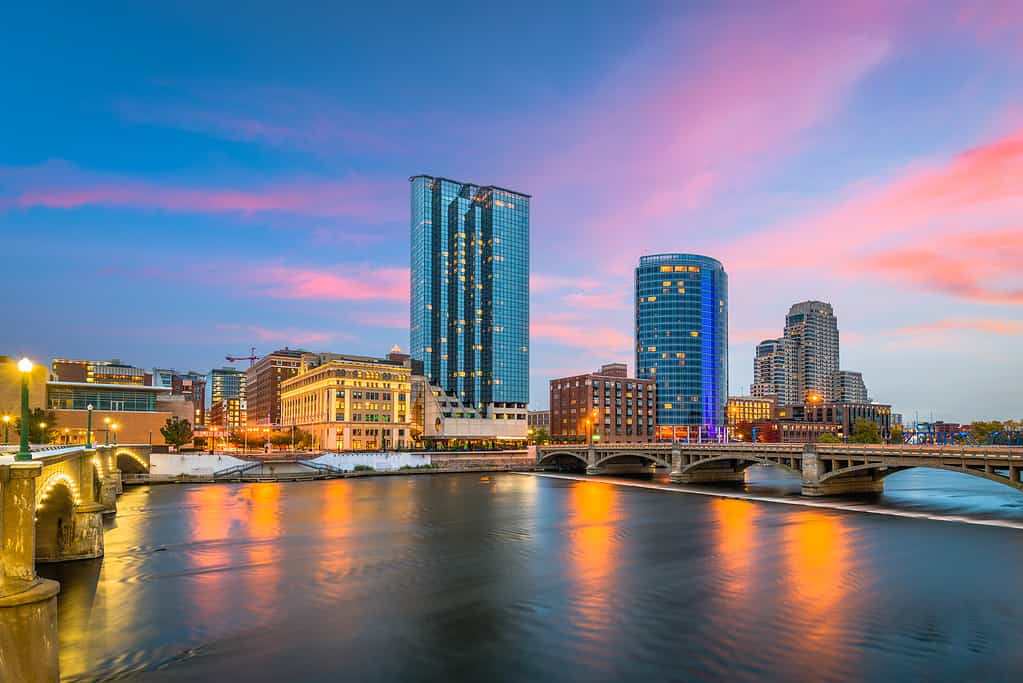
Grand Rapids is the second-largest city in the state of Michigan.
©Sean Pavone/iStock via Getty Images
The population of Grand Rapids increased by 1.5% between 2013 and 2023. This Michigan city was once known for being a leading furniture manufacturer. Grand Rapids held onto that reputation despite the hardships endured during the Rust Belt crisis. Today, it is known for manufacturing office furniture, specifically.
The state of Michigan has suffered a population loss over the past decade. However, Grand Rapids’ population has slowly but surely increased. Its notably inclusive and artistic culture attracts young people from across the Midwest and, in fact, from around the nation. In addition to cornering the office furniture market, Grand Rapids is seeing increased jobs in the healthcare and construction sectors.
Visitors to Grand Rapids can expect to find excellent restaurants and breweries, an array of unique boutiques, and a thriving art scene. Some unique attractions include the Frederik Meijer Gardens & Sculpture Park, an amazing 158 acres of sculptures, nature trails, and more, and Fish Ladder Park. This public art installation also serves as a passageway for migrating fish. Grand Rapids is a great city for artists and free thinkers to discover.
6. South Bend, Indiana — 1.7% population increase

Many South Bend, Indiana residents are associated with the University of Notre Dame.
©ReDunnLev/iStock via Getty Images
South Bend, the fourth-largest city in Indiana, has seen a population increase of 1.7% over the past ten years. South Bend manufactured automobiles, tractor plows, and sewing machine cabinets in its previous prime. Today, the Midwest city enjoys a diversified economy, with a healthy job market in healthcare, education, manufacturing, and other key industries.
South Bend has lots to offer to the thousands of tourists who visit each year. The iconic University of Notre Dame lends plenty of cultural attractions to the area. Museums, a zoo, and abundant outdoor activities make South Bend a fantastic place to discover with your family.
5. Cincinnati, Ohio — 2.9% population increase
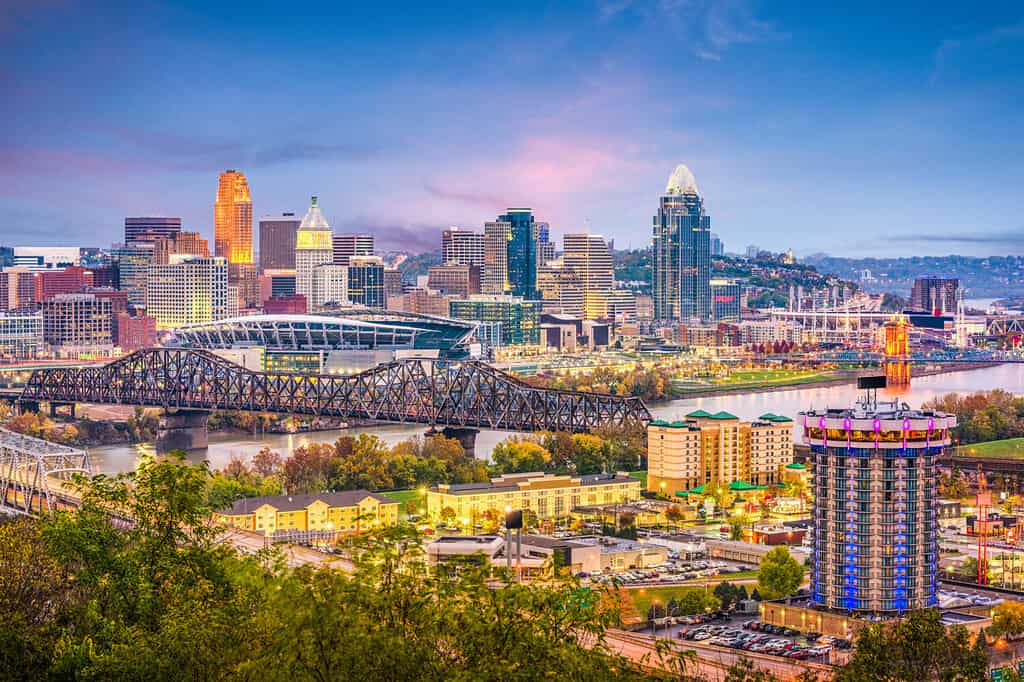
Cincinnati is a transportation hub, which contributes to its growing population.
©Sean Pavone/Shutterstock.com
The “Queen City,” as Cincinnati locals call their home, has experienced a great population boom over the past ten years. In 2013, just over 298,000 people inhabited Cincinnati. By 2023, the population has grown to more than 306,500 inhabitants.
Cincinnati, located along the Ohio River, is the third-largest city in Ohio. Its economy thrived when it became renowned as a pork-packing city (leading to an additional nickname — “Porkopolis”). Today, Cincinnati has a thriving service industry that attracts job seekers from far and wide. Tourists also flock to experience the Cincinnati Zoo and top-notch shopping and dining. Cincinnati is known for its unusual attractions, including the Lucky Cat Museum, which contains thousands of Japanese maneki-nekos, and the Cincinnati Mushroom House. This fascinating structure looks like it was made from fungi. Fun-loving folks will have a great time discovering Cincinnati.
4. Buffalo, New York — 5.6% population increase

The buildings in
Buffalo
, New York’s urban core are illuminated before sunrise.
©iStock.com/ChrisBoswell
As the city that gave the world air conditioning, instant coffee, and Buffalo wings, it’s no surprise that Buffalo, New York, has experienced a revival in its post-Rust-Belt years. Buffalo has experienced a significant population boom since 2013, growing from 260,000 to more than 274,000 people. An influx of refugees and immigrants is partially responsible for this boom.
Buffalo is positioned right where Lake Erie meets the Erie Canal. This key position helped it thrive before the de-industrialization of the Rust Belt cities. At that time, it was one of the world’s grain capitals. Today, General Mills uses some of Buffalo’s iconic silos to store grain.
Young people flock to Buffalo, attracted by its affordable homes, healthy economy, and thriving culture. Dozens of craft breweries make it a destination for beer lovers, and a sprawling waterfront provides plenty of kayaking, waterfront walking, and other outdoor activities. Head to Buffalo, NY, and it will be clear why this charming city is experiencing a resurgence.
3. Trenton, New Jersey — 6.5% population increase
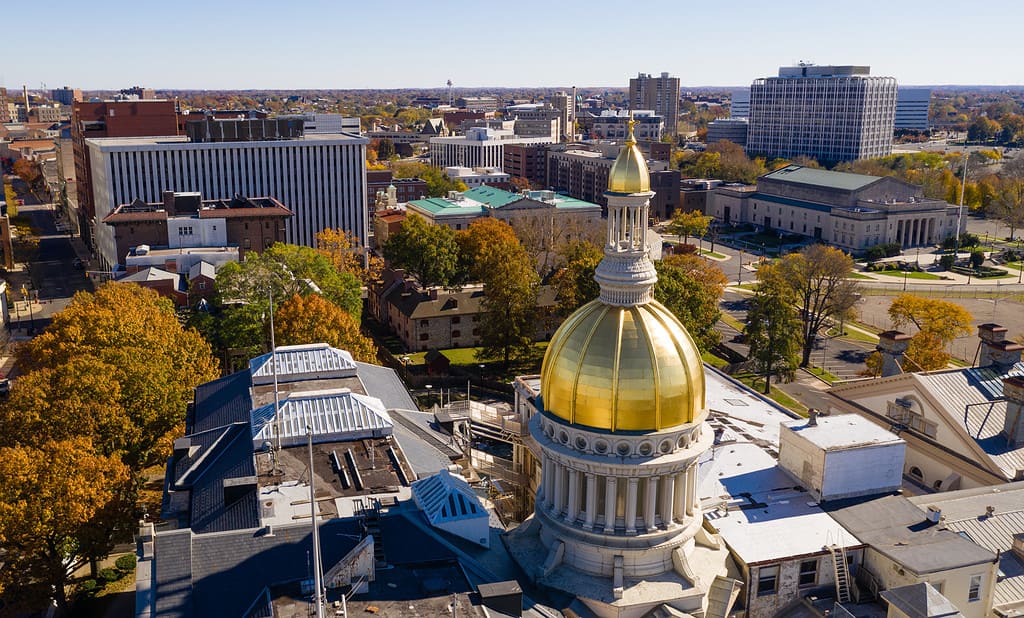
More than 90,000 people call Trenton, the capital of New Jersey, their home.
©ChrisBoswell/iStock via Getty Images
Trenton, New Jersey, the smallest city on our list, is not to be overlooked! Once a giant in the iron industry, New Jersey’s state capital is experiencing an impressive population boom. It has grown by no less than 6.5% since 2013. Today, Trenton is thriving as a manufacturing hub for such materials as rubber, plastic, glass, and automobile parts.
History buffs will appreciate Trenton’s Revolutionary War historic sites. The city also has lots of outdoor activities to offer. Visitors and residents alike will agree — there is plenty to discover in Trenton!
2. Newark, New Jersey — 8.3% population increase
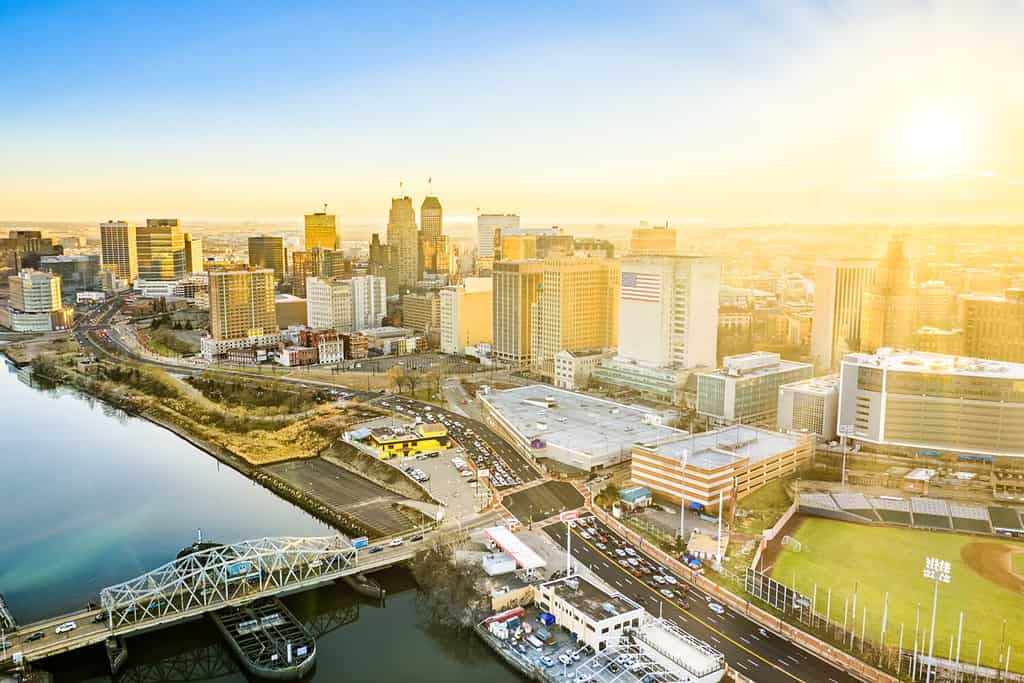
Newark, New Jersey, is among the top 5 most racially diverse cities in the United States.
©Mihai_Andritoiu/Shutterstock.com
Another New Jersey city has made it onto our list! During the Industrial Revolution, Newark was a flourishing port city known for its breweries and leather tanning. Like other Rust Belt cities, Newark declined in the mid-20th century. However, it is making quite a comeback today. Since 2013, Newark’s population has grown by a whopping 8.3%.
What is bringing people to New Jersey’s largest city? Some say that the city’s exceptional racial diversity makes it welcoming to all, drawing many people in. Focusing on increasing available, affordable housing could also contribute to Newark’s 21st-century renaissance.
1. Madison, Wisconsin — 10.8% population increase
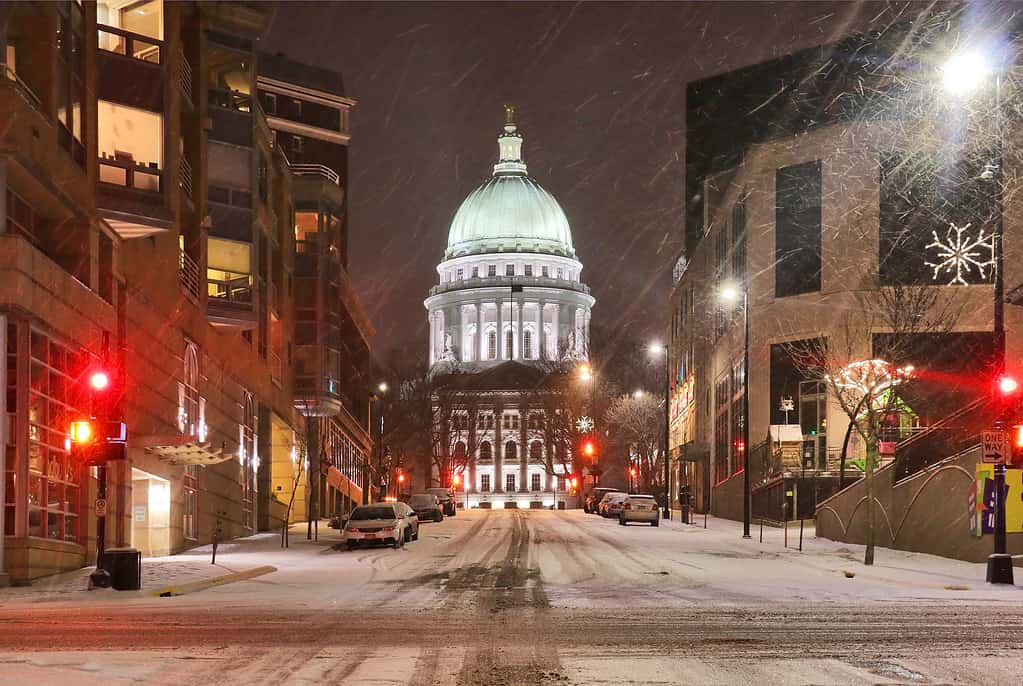
Madison, Wisconsin, has seen a greater increase in employment rates than the national average.
©UWMadison/iStock via Getty Images
We head back to the Midwest to discover the Rust Belt city with the most impressive population growth on our list… Madison, the capital of the Cheese State, has seen a population boom of more than 10% over the past ten years — truly explosive! A marked increase in employment opportunities is the reason behind this comeback. The University of Wisconsin-Madison was established in 1849 and has continued a rigorous program of study since then. This unwaveringly strong university community partially contributes to Madison’s strong population growth.
Summary of the 7 Rust Belt Cities Seeing Explosive Population Growth
| Rank | City & State | Population in 2013 | Population in 2023 | Percentage of Population Growth from 2013 to 2023 |
|---|---|---|---|---|
| #1 | Madison, Wisconsin | 243,596 | 269,897 | 10.8% |
| #2 | Newark, New Jersey | 277,941 | 301,055 | 8.3% |
| #3 | Trenton, New Jersey | 84,536 | 90,048 | 6.5% |
| #4 | Buffalo, New York | 260,058 | 274,618 | 5.6% |
| #5 | Cincinnati, Ohio | 306,592 | 298,058 | 2.9% |
| #6 | South Bend, Indiana | 101,270 | 103,006 | 1.7% |
| #7 | Grand Rapids, Michigan | 192,975 | 195,911 | 1.5% |
Thank you for reading! Have some feedback for us? Contact the AZ Animals editorial team.








